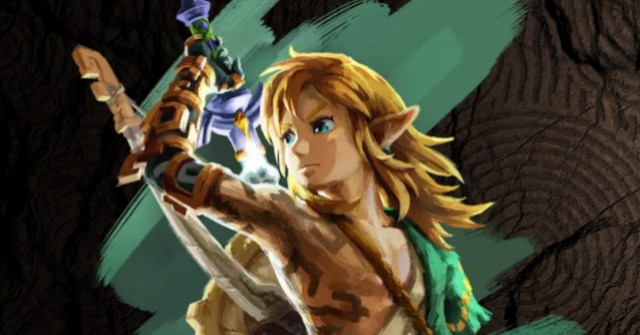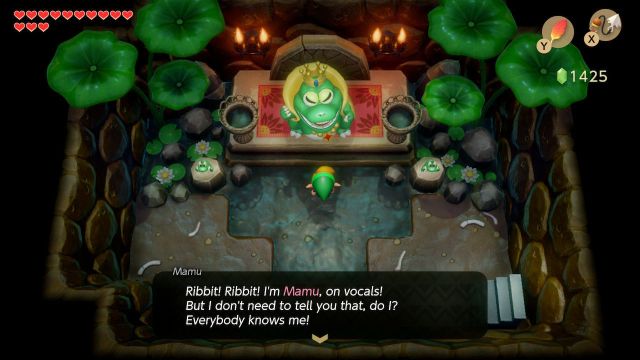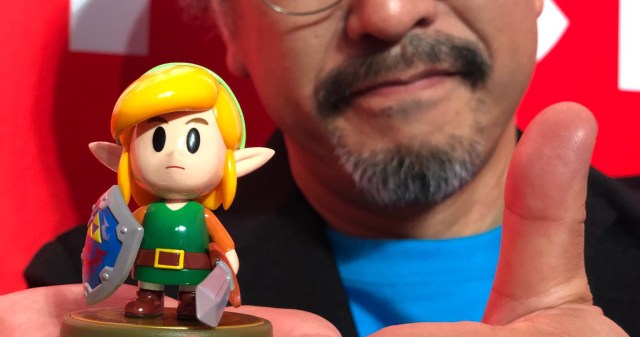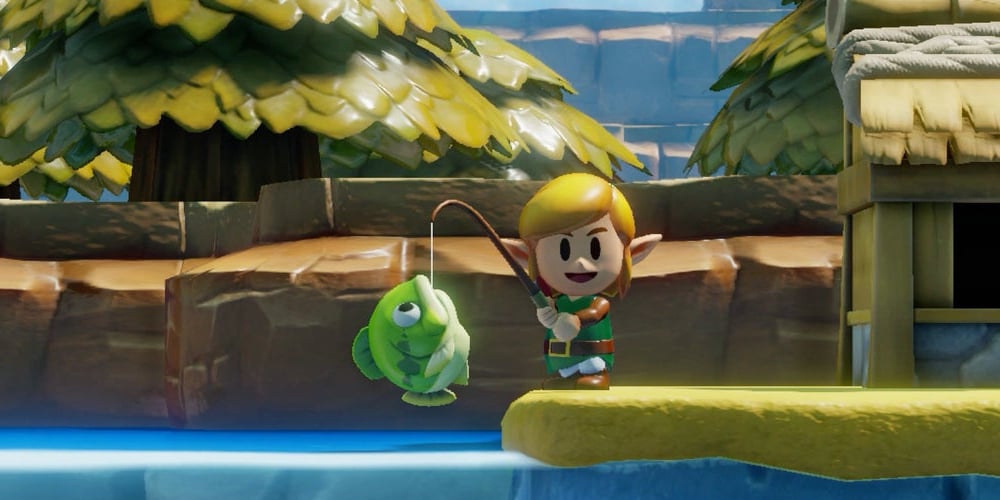Am I a dreamer?
Originally, this piece was going to be called “Animal Crossing on the GameCube is blatantly better than Legend of Zelda: Tears of the Kingdom“. My plan was to take a 4/7th serious stance on the topic, not unlike this old essay on why I prefer Advance Wars to Call of Duty: Advanced Warfare.
It’s an apples-to-oranges comparison and inherently farcical, but the sincere truth is that many of the things I grew up loving about Zelda (particularly its first 3 sequels) were best translated to polygons in the original Animal Crossing title. The grid segmented map, the feeling that every screen might have a simple-to-find secret hidden in a tree or behind a rock, the small but versatile set of tools, the inviting villages, the simplicity; they’re all key aspects to what made Adventures of Link, Link to the Past, and Link’s Awakening so great.
Perhaps most importantly, the original Animal Crossing kept things cozy. There’s no complex crafting system, no massive world that takes hours to traverse, no broken weapons (except the axe, but getting a golden one is easy enough), and never the feeling that you have a big, difficult job to do. In fact, the first thing that happens in the game is you get fired from your job. It’s a full escape from the “civilized’ world. And maybe you have to be there at the time to feel this way, but when the first Animal Crossing came out, it came off like a direct sequel to the Animal Village section of Link’s Awakening. If you’ve played them both, then you know the similarities between them are about as subtle as a talking bear asking you to arm wrestle.

No Hyrule Country for Old Farts
Since Link’s Awakening and the first Animal Crossing , both the Zelda and Animal Crossing franchises have blown up in a big way, in terms of both popularity and scope. As a result, I bounced off of each of them hard. It made me think that maybe Nintendo just doesn’t make games for 46-year-old weirdos like me anymore.
And that was going to be the piece! But what would that have done for you, dear reader? A few of you like-minded outliers out there feel would feel a little less alone, and the rest of you would have just been glad that I am no longer the target demographic for Zelda games. Except, and here’s the kicker, maybe I still am! It was only a couple of years ago that Nintendo made a “new” game for people like me. It was a remake of Link’s Awakening, and hey—it didn’t sell that bad! Last count put it at a little over 6 million sold. That’s far from what Breath of the Wild and Animal Crossing: New Horizons did, but it’s still better than most games ever do.
It all gives me hope that maybe after Tears of the Kingdom breaks sales records, wins a GOTY at the Game Awards, and all the dust has finally settled from it’s launch, Nintendo may give me what I really want: a new Link’s Awakening.

The Zelda Upscale/Downsize Cycle
It may sound like an absurd idea for Nintendo to go backwards like that, given how much more Breath of the Wild sold than every other Zelda game. The core audience for the series clearly wants them to keep getting bigger and freer. But when you look at the history of the series, a pattern emerges that points to the next Zelda to launch after 2023 to be something that goes in a different direction. Starting with Ocarina of Time, every other home console Zelda has taken a step back from making things bigger and more open. Ocarina was, of course, the first Zelda game to feature a fully 3D world, and it made a huge effort to show off how spacious and sprawling it could be. Its direct sequel, Majora’s Mask, had you spending a lot of time in small town town and other little areas, learning about the people of the world and using empathy to help them to prevent the apocalypse.
After that there was Wind Waker, which went big again with a massive ocean to chart. That was followed up by Four Swords Adventures, which was about small-scale multiplayer action puzzle solving. Then came Twilight Princess, which expanded things again, then Skyward Sword, which took after both Majora’s and Monster Hunter, plopping you in a variety of bite-sized environments where getting to know the minutiae of how everything fits together was the only way to win.

Toy Link Returns?
Then came Breath of the Wild, which Nintendo said is 12 times bigger than Twilight Princess. That’s too big for me. I quit the game after 20 hours, having really enjoyed the totally linear part where it’s raining so you can’t just climb your way out jam, and instead have to fight a bunch of lizard people before hanging out in a shark man’s house. But the rest of the game was a snooze fest for me, just a lot of work. I had hoped that Tears of the Kingdom would take the same approach that Majora’s Mask took with Ocarina, scaling things back a bit and focusing on the little things, but from the looks of it, that won’t be the case. Initially, I thought that meant that the pattern of Nintendo making every other Zelda smaller, sillier, and stranger than the last was over.
But then I remembered that the Link’s Awakening remake, which came out after Breath of the Wild, technically counts as a new Zelda game, with it’s Dampe’s Dungeon “Zelda Maker” mode and other little details that make it more than a 1:1 recreation of the original. Nintendo even created a whole new version of Link for the remake (nicknamed Toy Link at the time). Then he got his own amiibo. It would be strange for them to just never use this version of Link again, right? Every other version of Link (Adult, Young, Toon, and uh, “Blue Shirt”) has gotten at least two games to star in. How could you say no to more of this face?

A link to gaming’s past
The only thing that makes me unsure is knowing how much modern Nintendo follows trends. Endlessly replayable open world games with user-created content like Minecraft and Roblox are the most successful games in the world right now, so it’s not surprising that Tears of the Kingdom may take after them even more than its predecessor did, with more custom stuff to build and other bait to inspire user-created content. I still see Breath of the Wild trick videos on Twitter. I haven’t seen any sign of the Link’s Awakening remake on my timeline in years. It’s clear which one was a better return on Nintendo’s investment, both in terms of sales and in terms of longevity in the public eye.
But I also have to remember that Nintendo is marching out Pikmin 4 in a few months, and that the big selling points for that game so far are: Pikmin made of ice, a dog with no nose, and “something scary happens at night, probably.” Nothing about that is likely to go viral on TikTok or YouTube for the next 5 years. From the looks of it, Pikmin 4 isn’t going to try to be a “phenomenon.” It’s going to try to be a fun little videogame, just like the 3 other numbered Pikmin games that came before it. It’s not looking to reinvent the wheel, it’s just looking to give it another spin.

Old dogs, old tricks
And that’s true for a lot of Nintendo’s popular games lately. Advance Wars 1+2: Re-boot Camp is just the first two GBA games with new graphics and remixed music, and it’s been a top seller on the eShop for the past two weeks. New Pokémon Snap was essentially the same as the first game but with amazing graphics and new Pokémon, and people went bananas over it. Metroid Dread didn’t have multiplayer, mining or crafting mechanics, or a 3D world to explore, and it became the best-selling game in that franchise’s history. Xenoblade Chronicles 3 is, by all accounts, just a very good JRPG, doing little to move the subgenre forward, and last report as was close to 2 million units sold. Splatoon 3 is just more Splatoon, and it set records in Japan. The list goes on.
For old-heads like me who think gaming peaked a long time ago, it’s heartening to see. And more pertinent to this particular essay, it makes me feel that Toy Link (and hopefully Toy Gannondorf) will tread new ground in 2024. In fact, the longest we usually go between top-down Zeldas is three to five years. Tri Force Heroes was 2015, then both Cadence of Hyrule and Link’s Awakening launched in 2019. Before that, the wait between the 2D-style Zelda games was usually about 2 years, with the exception of the massive drought between Link’s Awakening in 1993 and, uh, Link’s Awakening DX in 1998.
So we’re about due, and any potential Nintendo not-E3 showcase this summer might be just around the corner. I’m not saying that I’m sure they’ll announce Link’s Awakening 2 there as a swan song for the now 6-year-old Switch, but stranger things have happened. Four seasons of them in fact, with a 5th on the way. If that series of small-town shenanigans can keep going after all this time, then why can’t Toy Link, Wart, and the Wind Fish?


